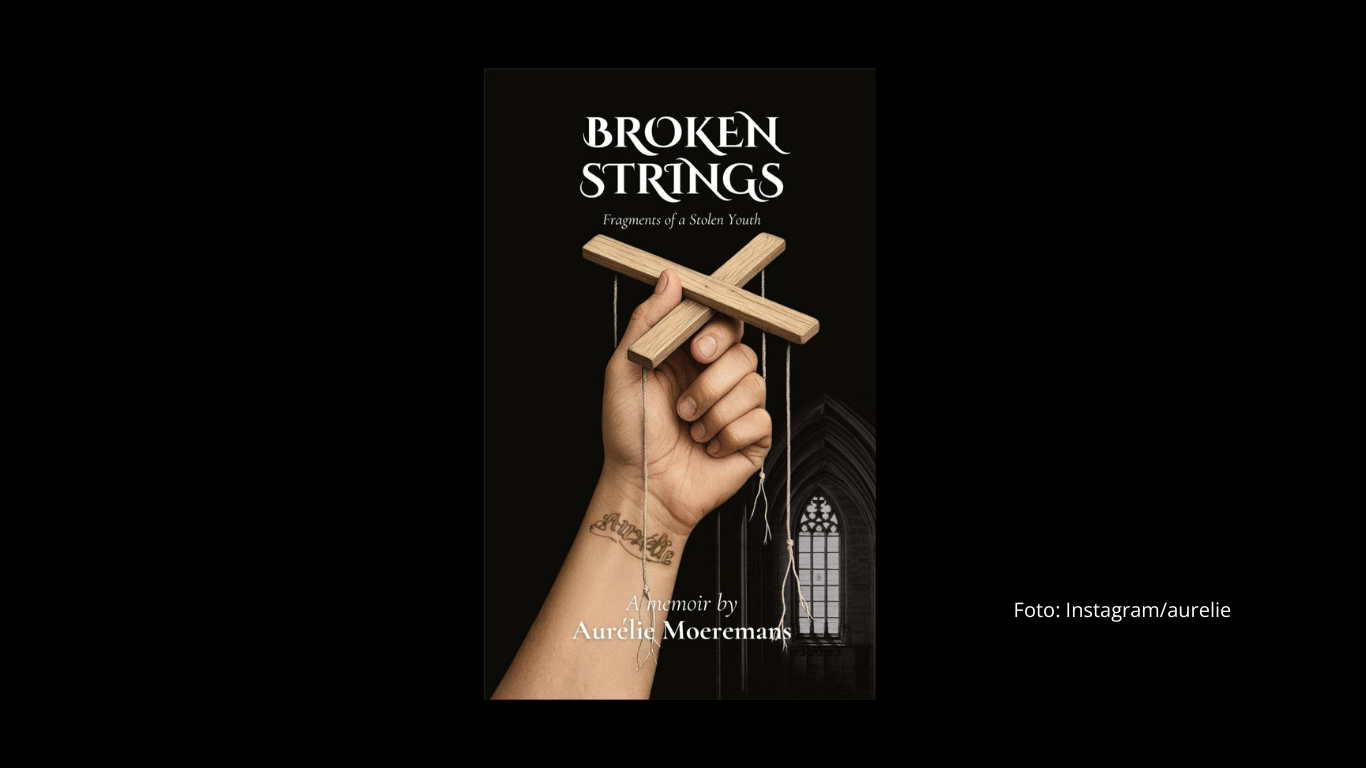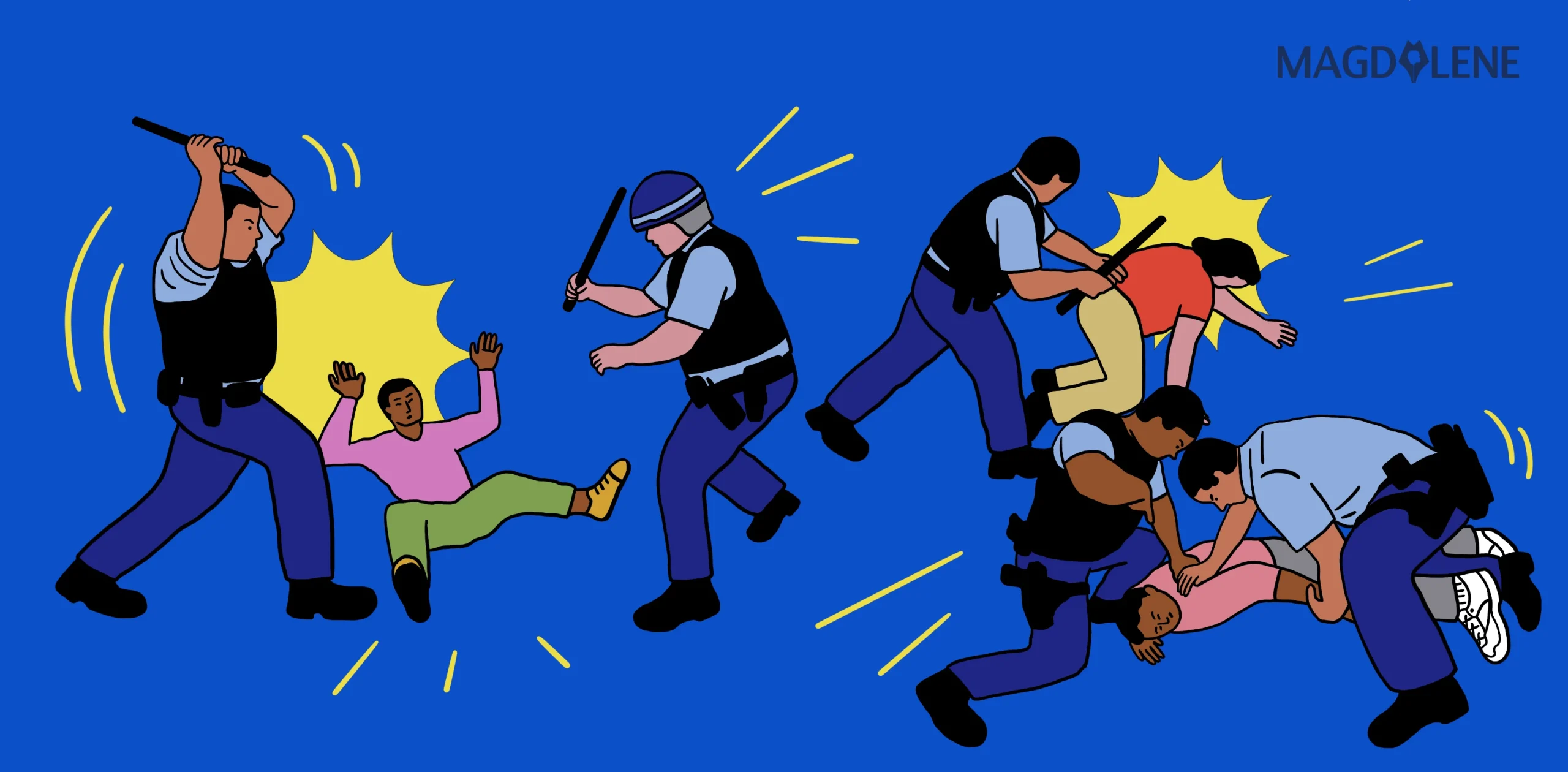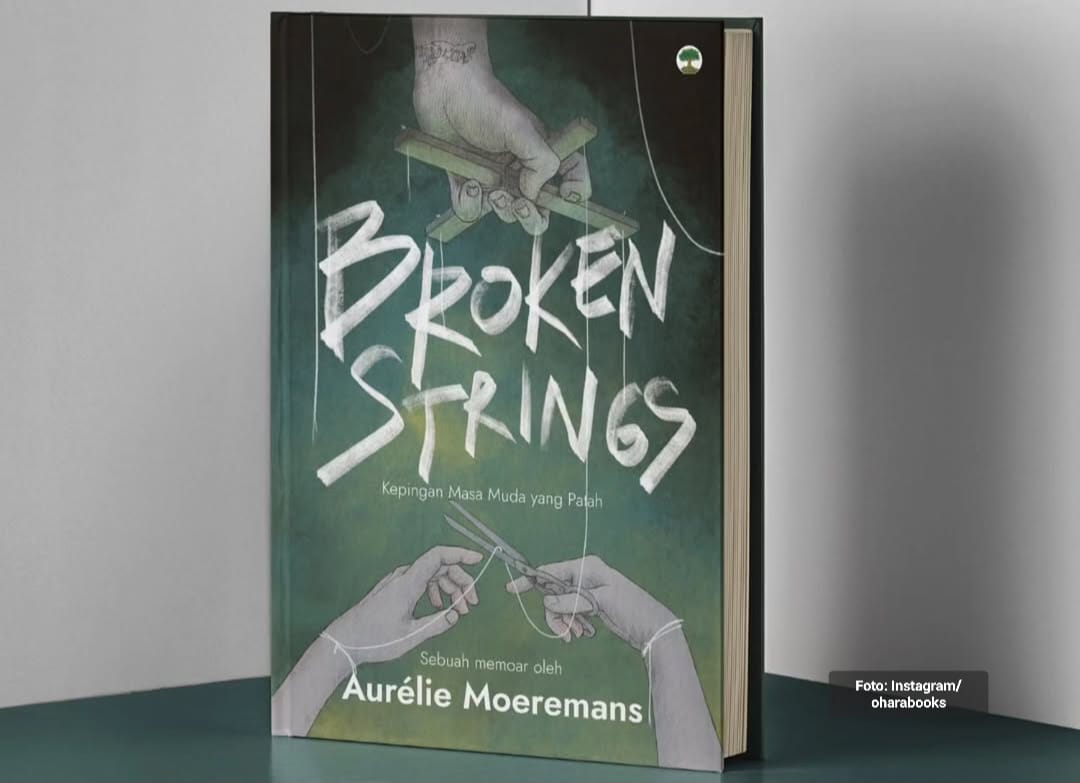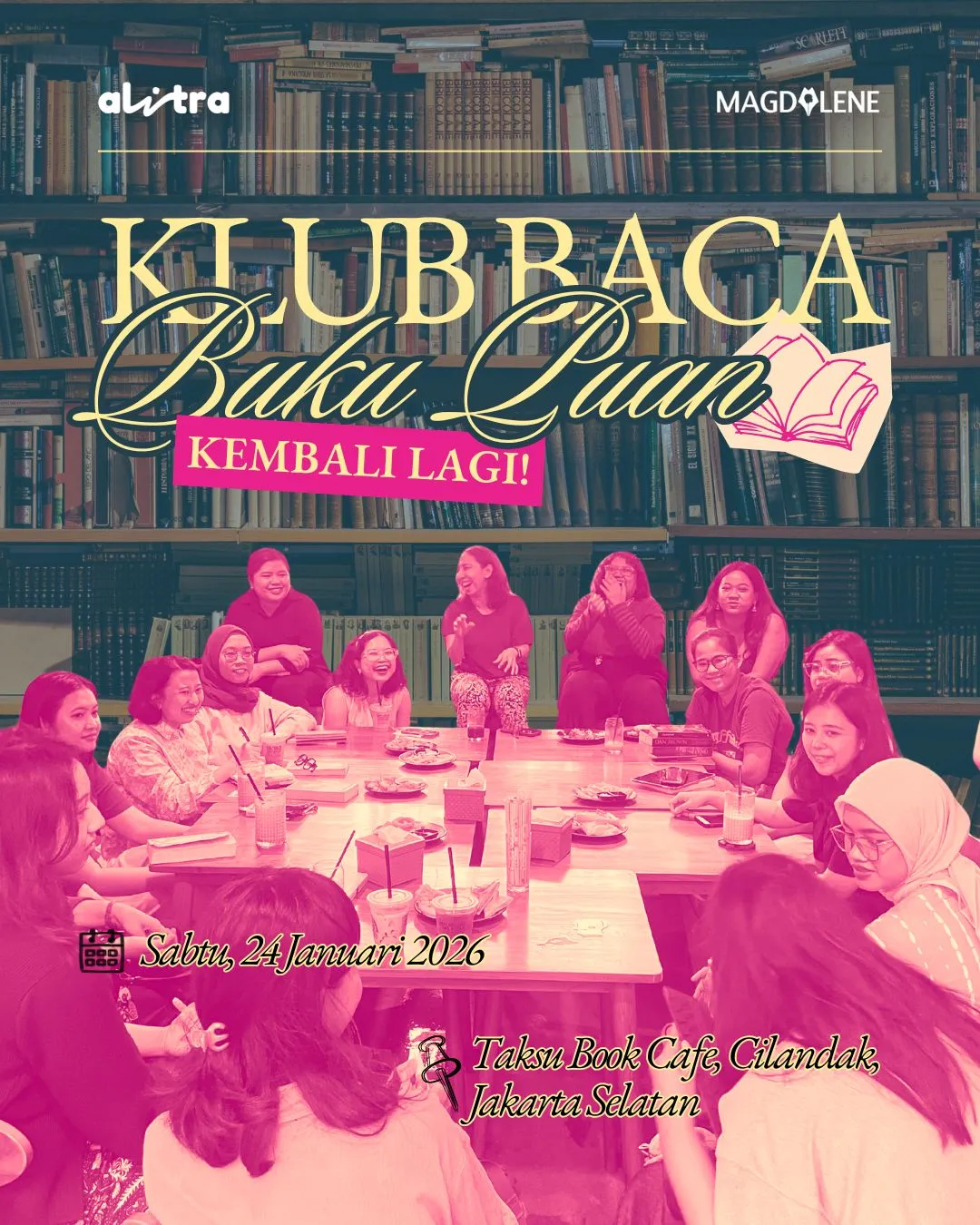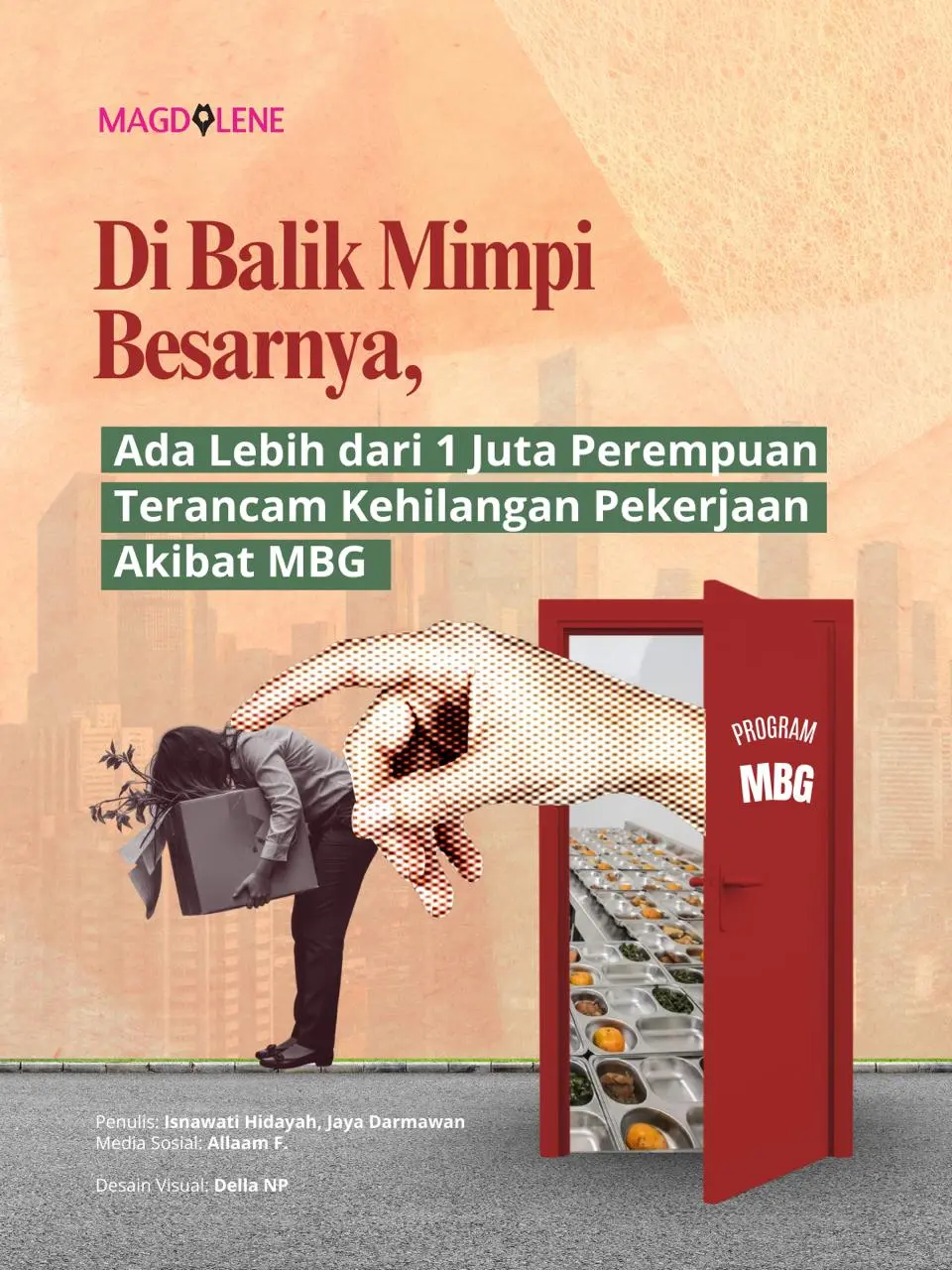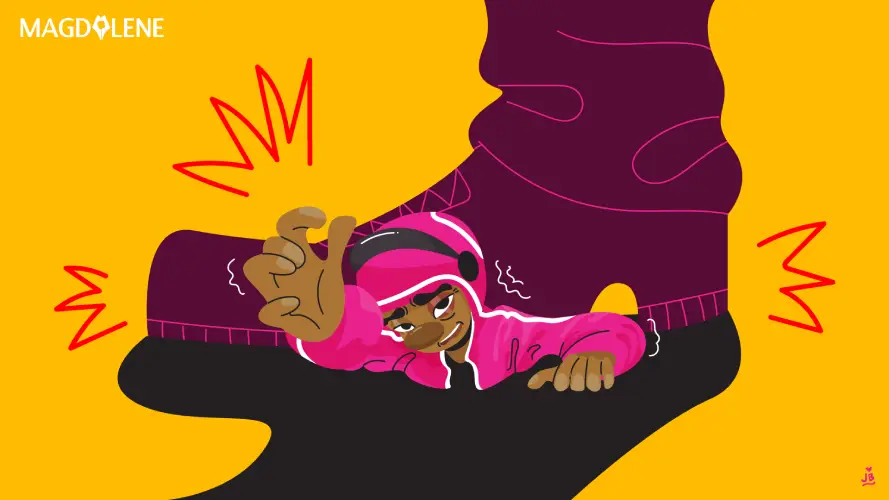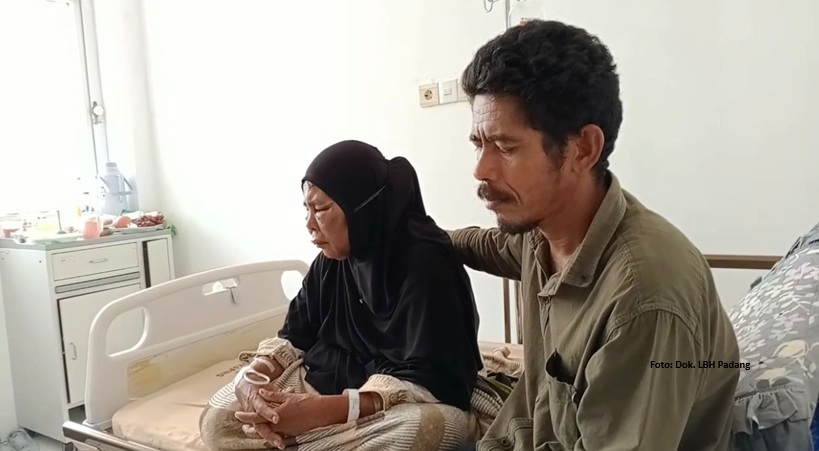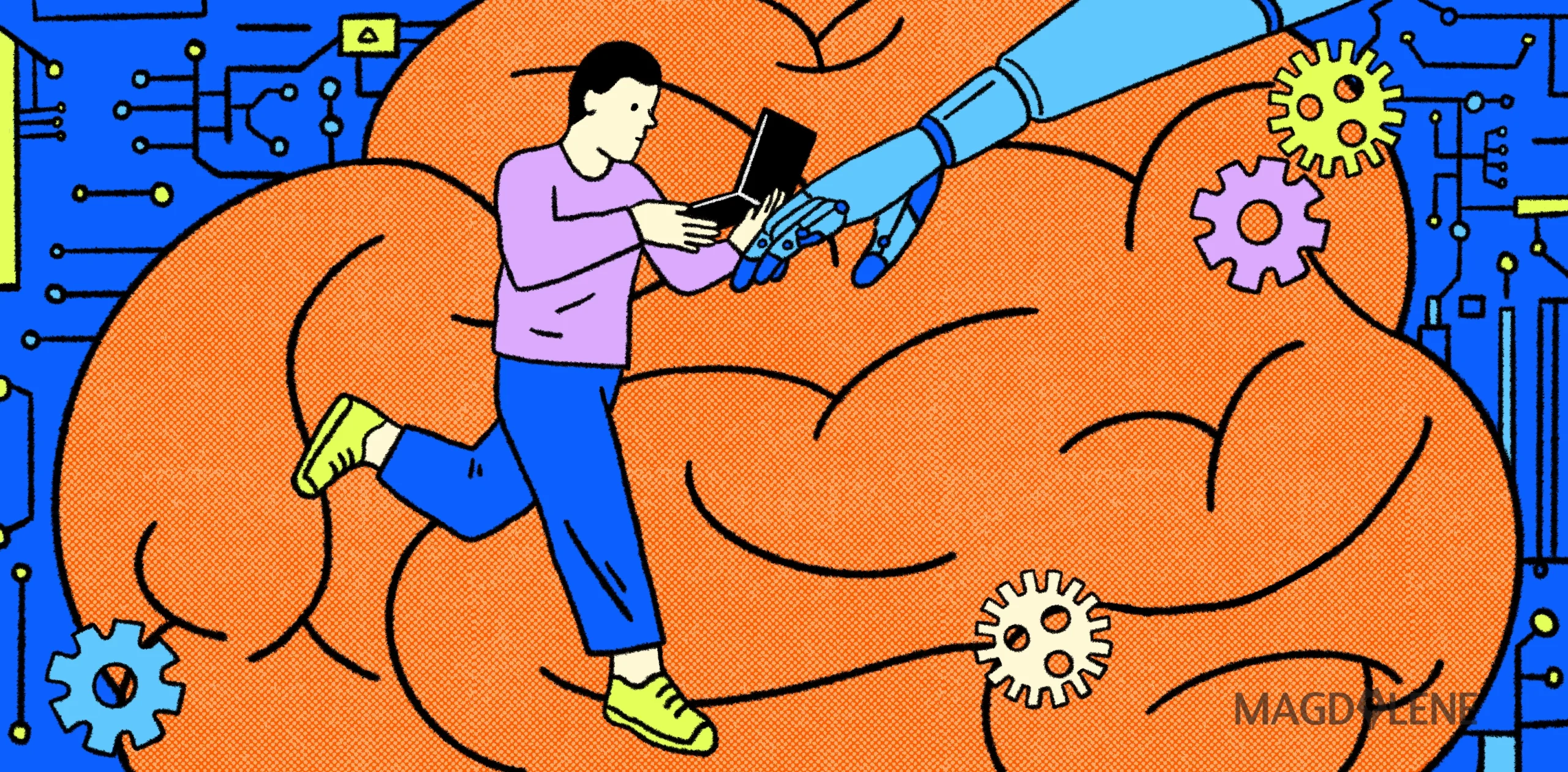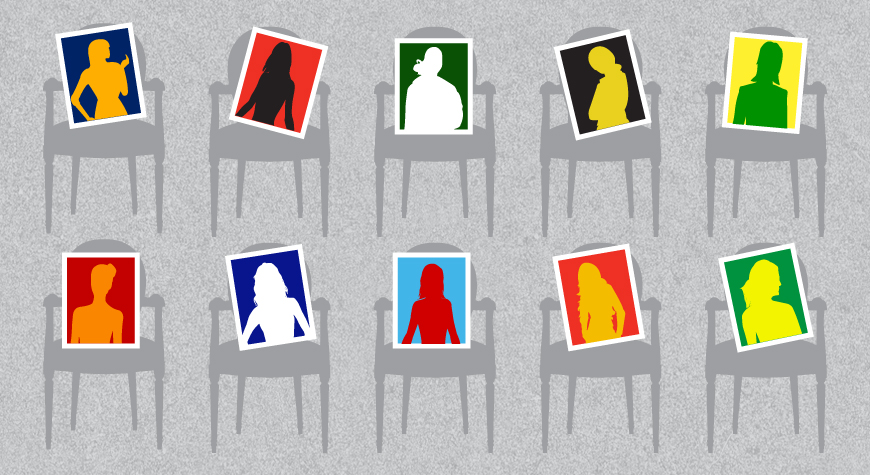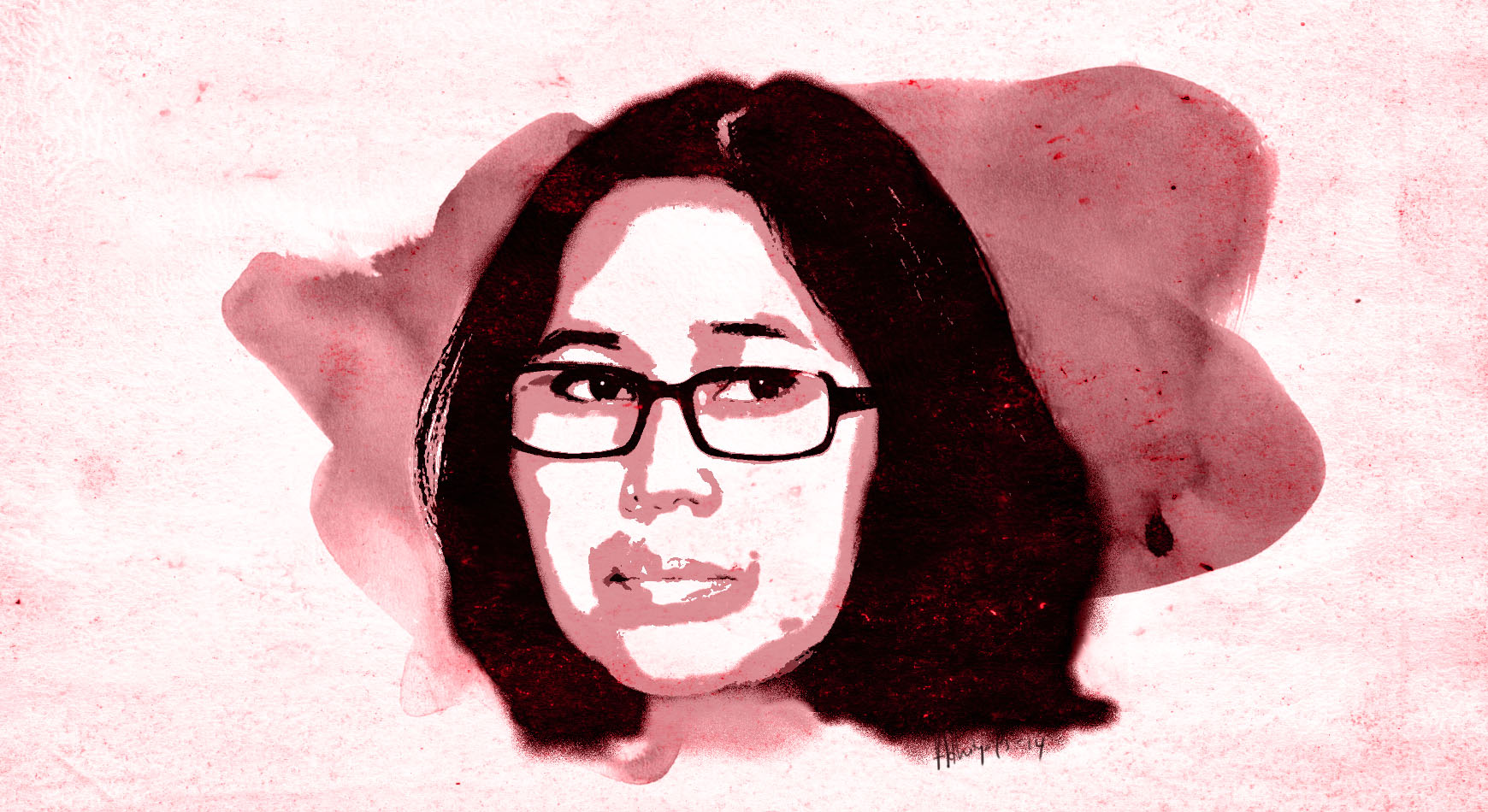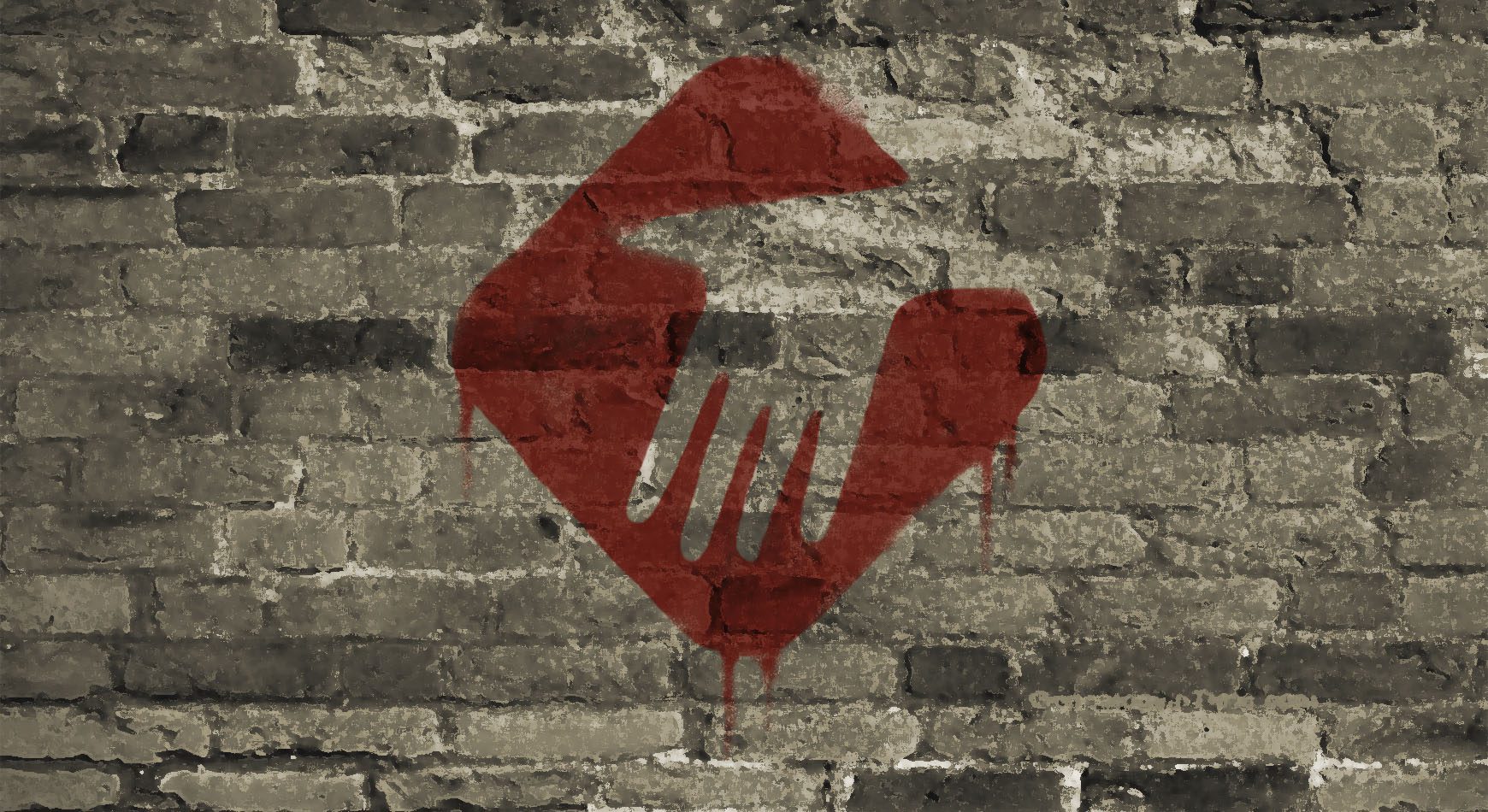Ruang (Ny)aman: The Dark Side of Fashion Industry and How to be a Mindful Consumer

Have you ever thought about where your clothes come from and what the real costs are in making them? Because for every Zara cardigan, Forever 21 floral dress, Uniqlo flannel and other pieces of clothing you ever own, there are hidden social, human and environmental costs.
This was the subject of the last Ruang (Ny)aman’s discussion at the end 2017. In the December session themed “From Shopaholic to Mindful Consumer,” Safina Maulida, the Country Ambassador of Fashion Revolution Indonesia, invited the attendees to understand fashion beyond their usual understanding of the word.
“We often look at the fashion industry as a world of aesthetic, lifestyle and culture. But if we think beyond fashion, we will find many problems inside it,” said Safina.
Low wage, underage labors, and environmental impacts are among the issues besetting the fashion industry. According to a survey conducted by Fashion Revolution, 80 percent of garment workers worldwide are women and they work under very poor condition.
“In Guangdong, China, young women face 150 hours of overtime each month. About 60 percent of them have no contract, and 90 percent have no access to social insurance,” Safina explained.
“In Solo, the factories are open 24 hours and divided into two shifts. But when I interviewed the workers, they said they have to work overtime. Overtime is no longer an option for the workers. It has become an obligation so they can live. It’s clear that the garment companies are exploiting their workers,” she added.
“A global survey of 219 fashion brands found that only 12 percent could demonstrate any action at all towards paying wages to garment workers, above the legal minimum,” she said.
In Bangladesh, garment workers earn about US$60 a month, just a quarter of the living wage. Safina recalled a 2013 tragedy in which nearly 2,000 garment workers in Dhaka, Bangladesh were killed after an eight-story factory building collapsed.
“Two days before the incident, one of the workers had reported to the building caretaker that the building almost collapsed, but they ignored it,” said Safina.
“I think this is a genocide, and it happens in the industry with brands we have been buying like Zara, H&M and Forever 21 – brands that are accessible at the malls,” she added.
Low wages also cause garment workers in Solo to opt out from the national health insurance BPJS because they can’t afford to pay the Rp 60,000 (US$5) monthly premium, she said.
“They would rather spend it on rice and other food for the sake of surviving,” said Safina.
At the cutting section in garment factories, the workers’ fingers are often injured in accidents but because they have no insurance, they resort to alternative treatment. As a result, many of them end up having to have their injured hands amputated.
In addition, there is a tremendous gender inequality problem in the fashion industry.
“Of the 4,020 workers in Solo, 4,000 are women working in the factory, and the remaining 20 are men working in the office. And they called the 4,000 women as ‘manpower’,” she added.
The environmental impact and becoming a conscious consumer
Fashion industry is also the second biggest cause of pollution after oil. During its life cycle, a typical pair of blue jeans consumes 919 gallons of water. It takes 2,720 liters of water to produce the cotton needed to make a single t-shirt. That is how much we normally drink over a three-year period.
“Clothing consumption produces 1.5 ton of carbon dioxide per household per day. It’s equivalent to driving 6,000 cars,” said Safina, adding, “If we focus on climate change, carbon footprint is one of the challenges in fashion industry.”
During the session, Safina explained the Three Pillars of Sustainability: economy, society and environment.
“The three pillars are connected, so if one of them is still weak, we won’t be able to achieve sustainability. For example, in the social pillar if there is still gender inequality, then economics and environmental goals can’t be attained,” explained Safina.
Safina stated that to be a social being is to be an environmental being.
“People often think that the earth has its own energy to restore its power and we use it as an excuse to exploit nature. We must change our perception of the paradigm in the economy and make the environment and nature the new capital,” she said.
“If nature is damaged, we can do nothing. We have to realize first that we can’t live without nature, and this could lead to a new formation of the economy,” she added.
“If we have enough knowledge, we have the ability to choose,” said Safina. “Choice is what makes you a person. So if you’re knowledgeable enough, you would think twice before you go shopping.”
Understanding ethical fashion is crucial: don’t just buy clothes because of their aesthetic value, but think also of their ethical values.
“We can start small by educating ourselves on this issue. When we want to go shopping, at least check the label tag and see where it is made from. Start to become more conscious,” she added.
Find out how women garment workers in Jakarta are denied their maternal rights and follow @bunnnicula on Twitter.





